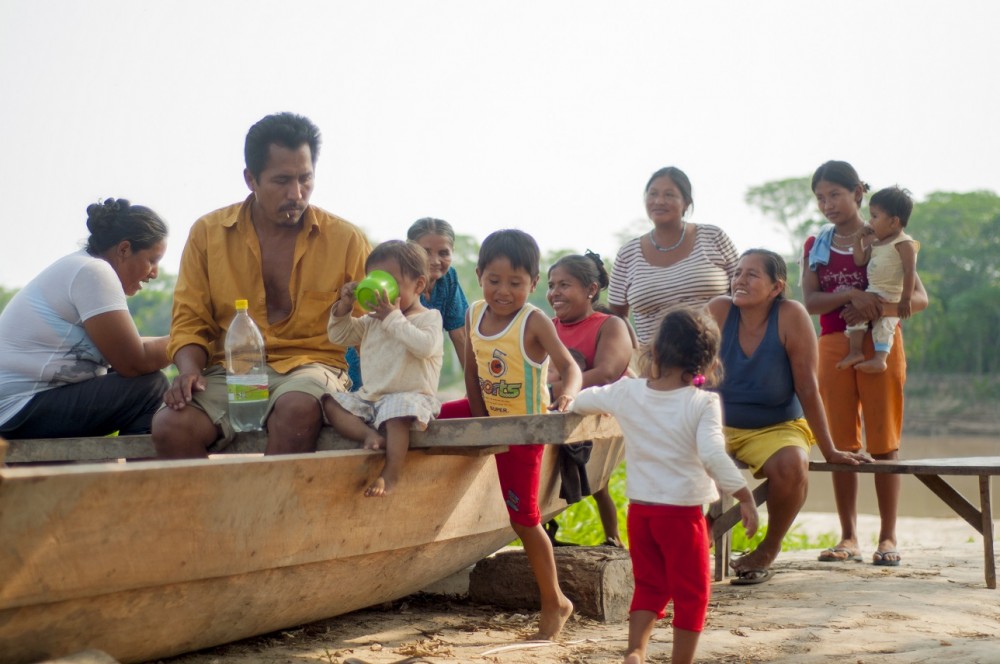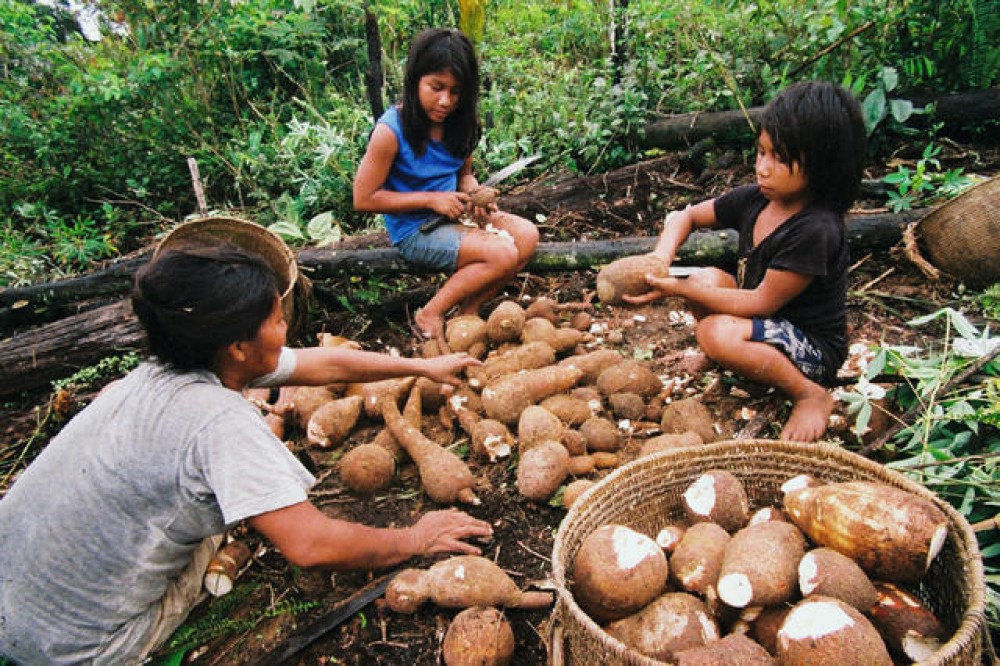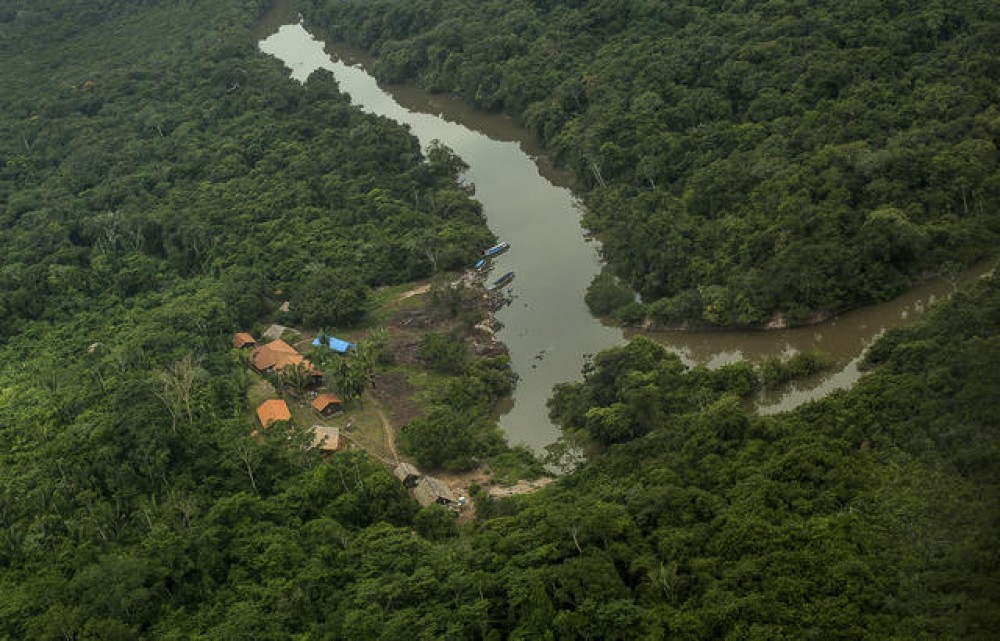Environment I Project (EPI) in Madagascar (1991-1995)
The objective of the project is to
improve the environmental management capacity in Madagascar
through the implementation of institutional development and
emergency actions. Project components included: (i)
protection and management of biodiversity; (ii)
community-based soil conservation and watershed management;
(iii) mapping and remote sensing for improved natural
resources management; (iv) improved land security through





